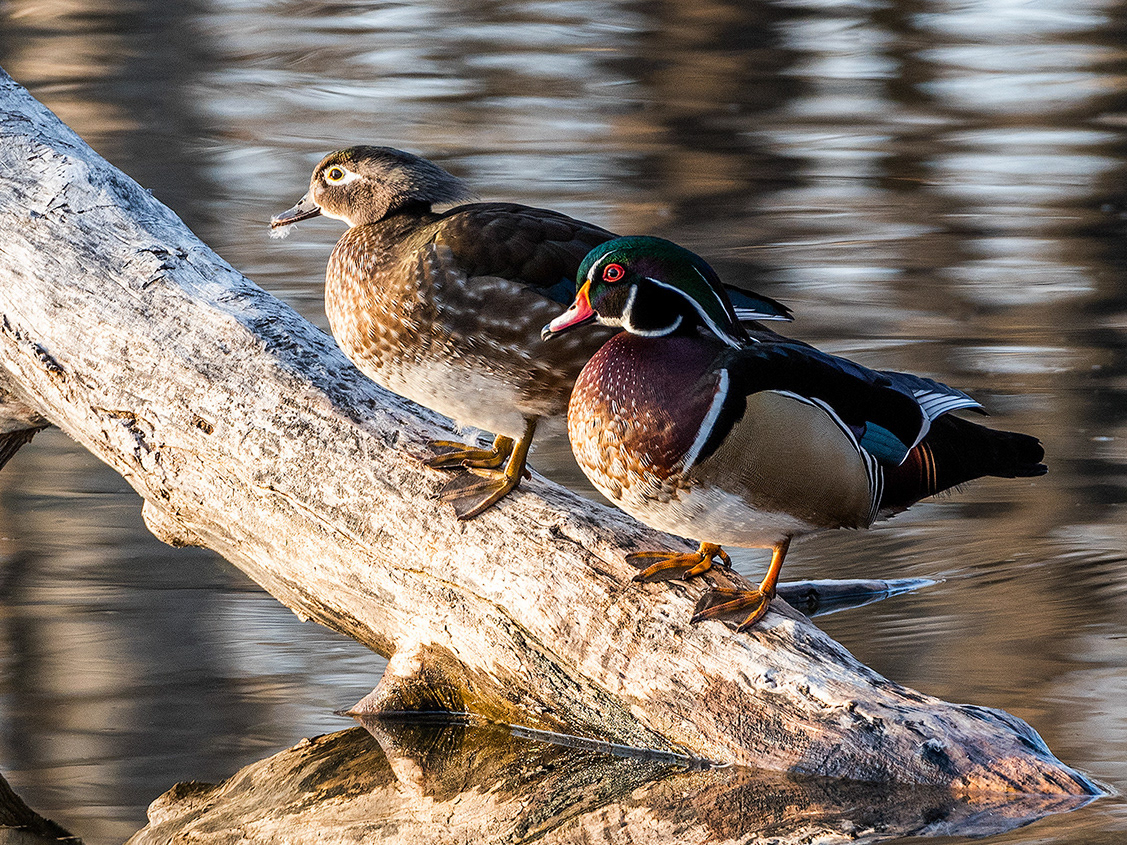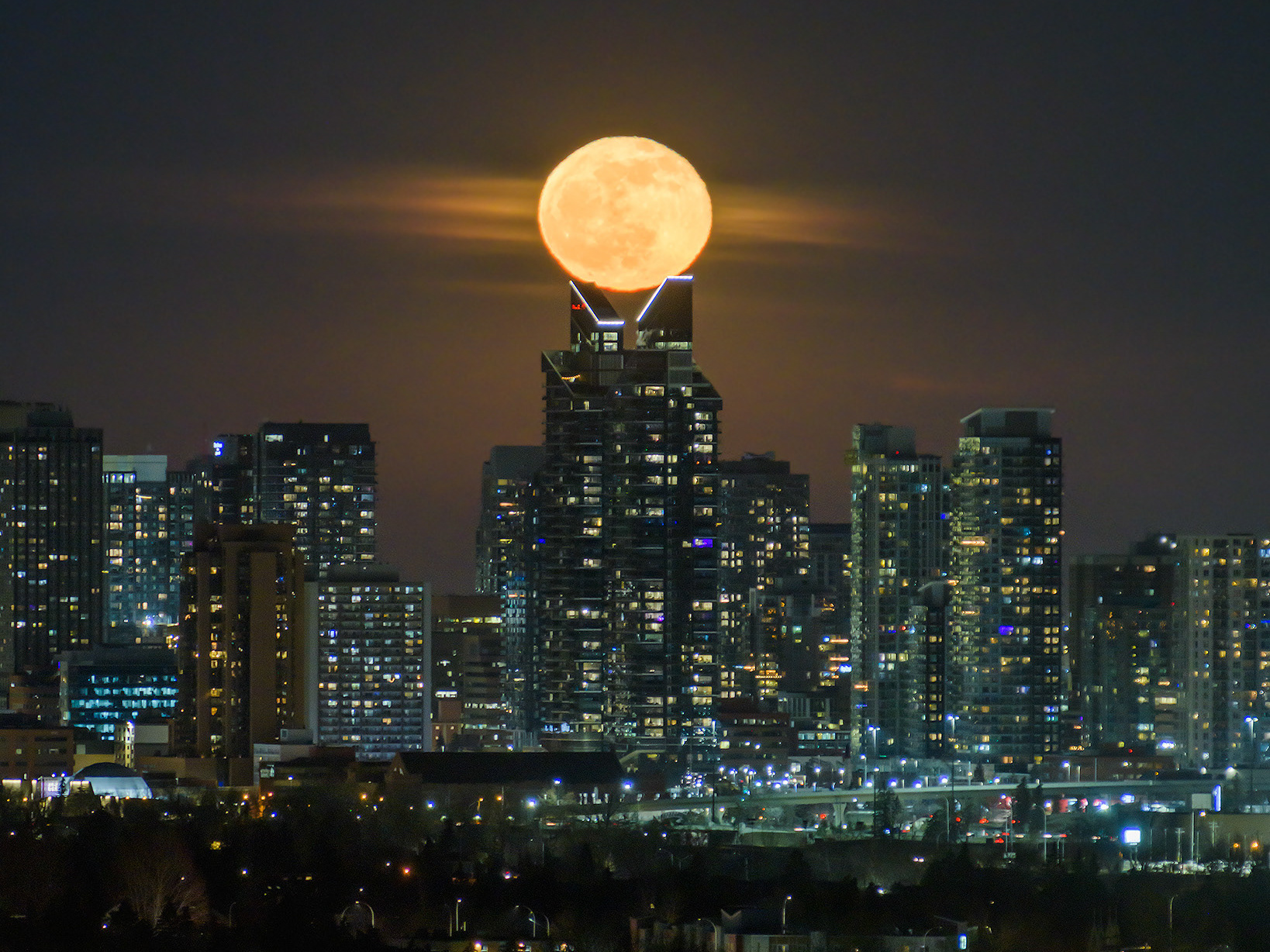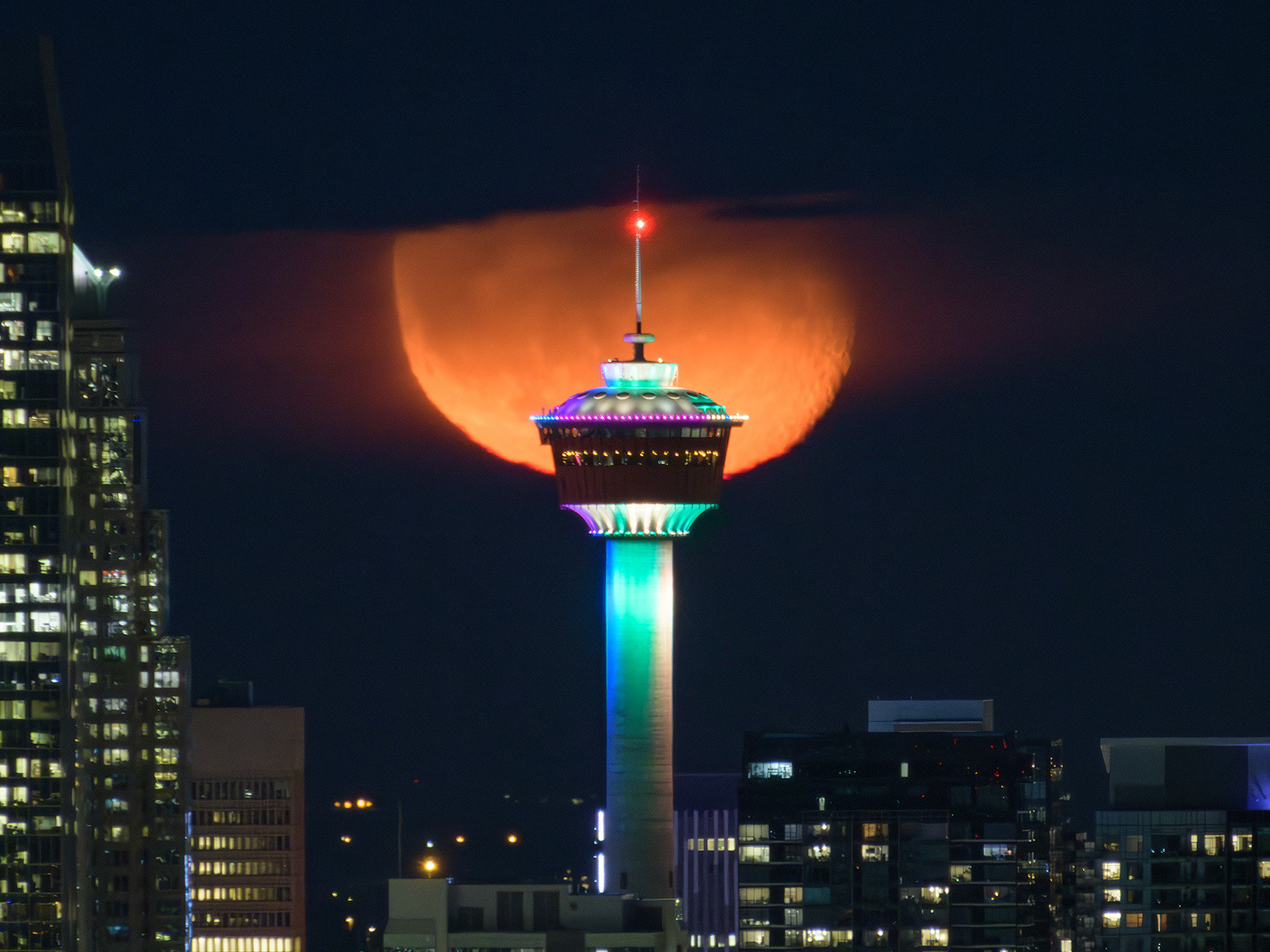Landscape at Sunrise, Marshall Springs ponds, Fish Creek Provincial Park, Calgary, AB - June 25th
Landscape at Sunrise, Marshall Springs ponds, Fish Creek Provincial Park, Calgary, AB - June 25th
Mallard (female), Marshall Springs ponds, Fish Creek Provincial Park, Calgary, AB - June 25th
Mallard (female) close-up, Marshall Springs ponds, Fish Creek Provincial Park, Calgary, AB - June 25th
White-tailed Deer with fawn, Marshall Springs ponds, Fish Creek Provincial Park, Calgary, AB - June 25th
White-tailed Deer with fawn, Marshall Springs ponds, Fish Creek Provincial Park, Calgary, AB - June 25th
White-tailed Deer with fawn, Marshall Springs ponds, Fish Creek Provincial Park, Calgary, AB - June 25th
White-tailed Deer fawn, Marshall Springs ponds, Fish Creek Provincial Park, Calgary, AB - June 25th
Black Tern (in flight), Marshall Springs ponds, Fish Creek Provincial Park, Calgary, AB - June 25th
Black Tern (in flight), Marshall Springs ponds, Fish Creek Provincial Park, Calgary, AB - June 25th
Common Mergansers, Marshall Springs ponds, Fish Creek Provincial Park, Calgary, AB - June 25th
Common Mergansers, Marshall Springs ponds, Fish Creek Provincial Park, Calgary, AB - June 25th
Common Mergansers, Marshall Springs ponds, Fish Creek Provincial Park, Calgary, AB - June 25th
Common Mergansers, Marshall Springs ponds, Fish Creek Provincial Park, Calgary, AB - June 25th
Common Merganser (immature), Marshall Springs ponds, Fish Creek Provincial Park, Calgary, AB - June 25th
Black Tern (in flight), Marshall Springs ponds, Fish Creek Provincial Park, Calgary, AB - June 27th
Black Tern (in flight), Marshall Springs ponds, Fish Creek Provincial Park, Calgary, AB - June 27th
Red-necked Grebe, Marshall Springs ponds, Fish Creek Provincial Park, Calgary, AB - June 27th
Red-necked Grebe, Marshall Springs ponds, Fish Creek Provincial Park, Calgary, AB - June 27th
Canada Goose family, Marshall Springs ponds, Fish Creek Provincial Park, Calgary, AB - June 27th
Canada Goose (immature) close-up, Marshall Springs ponds, Fish Creek Provincial Park, Calgary, AB - June 27th
Canada Goose family, Marshall Springs ponds, Fish Creek Provincial Park, Calgary, AB - June 27th
Canada Goose (immature) close-up, Marshall Springs ponds, Fish Creek Provincial Park, Calgary, AB - June 27th
Canada Goose (immature) close-up, Marshall Springs ponds, Fish Creek Provincial Park, Calgary, AB - June 27th
Canada Goose (immature) close-up, Marshall Springs ponds, Fish Creek Provincial Park, Calgary, AB - June 27th
Canada Goose (immature) close-up, Marshall Springs ponds, Fish Creek Provincial Park, Calgary, AB - June 27th









